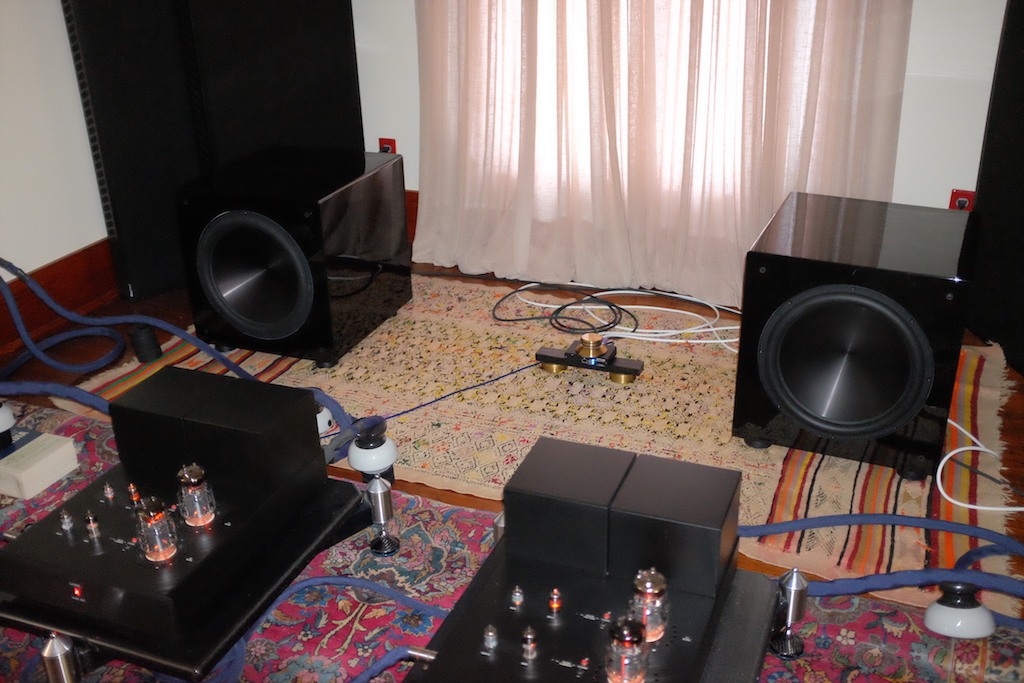Your questions:
warming up time
additional heat to the home
Running in summer time
additional cost to run
are trivial. The way I look at it, your first stop is assessing the quality of the power coming in. Are you in a single family dwelling? You wiring from the city line to the meter, or however it is configured, is usually the city's, but they will check it and can pull the meter. You want a clean, well done layout to your service panel and from corrosion at the meter connections to funky wiring, bad grounds, corrosion or some "hot spot" on the panel, you should have it checked. Then look at how you are feeding the system- dedicated lines? That's a sort of minimum in my estimation.
The cost of tubes is the tubes. Sourcing them is another matter.
Additional cost to my electrical bill: have no idea. I'm in Texas, it gets to be 110F here in the summer; there are grid warnings, and I usually don't play the system then, just because the grid is less "stable" for lack of a better word. I installed a 10kva Iso Transformer for the system that outputs 4 gauge to a more local service panel, where 4 20 amp dedicated runs of 10 gauge are installed. It is normally a very quiet system.
Warm up time- 45 minutes for the amps; 3 sides for the cartridge.


